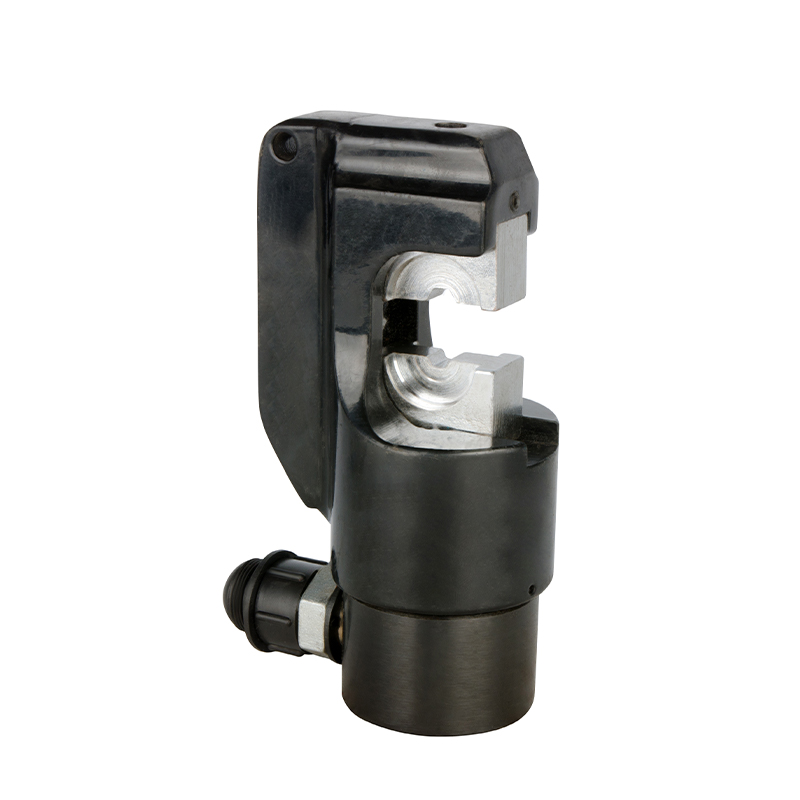



Electric Cable Crimping Pliers are essential tools used in electrical work for securing terminals to wires, ensuring stable and safe electrical connections. With various models available, one major distinction lies between manual and electric versions. Understanding the differences between these two types can help professionals and hobbyists choose the right tool for their specific tasks.
Functionality and Operation
Manual crimping pliers rely entirely on human force. The user applies pressure through hand movements to compress the connector onto the cable. These tools are typically straightforward and do not require a power source. They are portable, lightweight, and often used for small-scale or occasional electrical tasks.
On the other hand, Electric Cable Crimping Pliers use a motorized mechanism powered by electricity or a battery. These tools automate the crimping process, providing consistent force with little manual effort. Users only need to position the wire and activate the device, and the pliers will complete the crimp automatically.
Precision and Consistency
One of the main reasons professionals prefer electric models is the level of consistency they offer. Electric Cable Crimping Pliers can be adjusted to apply a specific force, which reduces the chances of under- or over-crimping. In contrast, the effectiveness of manual pliers depends largely on the user's technique and strength. This variability can be a disadvantage when uniform crimps are required across multiple cables.
Electric models are particularly useful in environments where precision is important, such as in control panels or sensitive wiring systems. Their ability to produce repeatable crimps helps ensure that the electrical connections are secure and reliable.
Speed and Efficiency
Speed is another critical difference. Manual crimping can be time-consuming, especially for high-volume projects. Repetitive motion may also lead to hand fatigue. Electric Cable Crimping Pliers significantly reduce the time needed for each connection, making them suitable for industrial applications or tasks involving large numbers of cables.
For commercial electricians or factory settings, the speed and efficiency offered by electric tools can contribute to a smoother workflow and reduced physical strain on workers.
Cost and Investment
Cost is an important factor to consider. Manual crimping pliers are typically less expensive and require no additional power supply or battery maintenance. They are a practical choice for those who only need to crimp wires occasionally or are working on simpler projects.
Electric Cable Crimping Pliers come at a higher price point due to their added functionality and complexity. However, their durability and time-saving benefits often make them a worthwhile investment for those who use them frequently.
Application and Suitability
The choice between manual and electric models depends on the nature of the job. Manual crimpers are suitable for household repairs, small installations, and DIY projects. Electric versions are better suited for industrial, commercial, or high-volume environments where efficiency and consistent performance are priorities.
Electric Cable Crimping Pliers are particularly beneficial when working with thicker cables or harder materials that may be difficult to crimp manually. The additional power and control allow for more reliable results in these demanding situations.
Both manual and Electric Cable Crimping Pliers have their place in electrical work. Understanding their differences in operation, precision, speed, and cost helps users select the appropriate tool for their needs. While manual versions offer simplicity and affordability, electric ones bring efficiency and consistency to more intensive applications. Choosing the right tool depends on the specific requirements of the task and the environment in which the tool will be used.
Product
Plumbing Tool Crimping Tool Cable Cutter Holemaking Pump Cutting,Bending,Punching Tool Cylinder Cable Stripper Pipe Bender Angle Iron Processing Machine Other Tools

Keep In Touch
